5 Reasons to Jump on the Plant-Based Dairy Trend
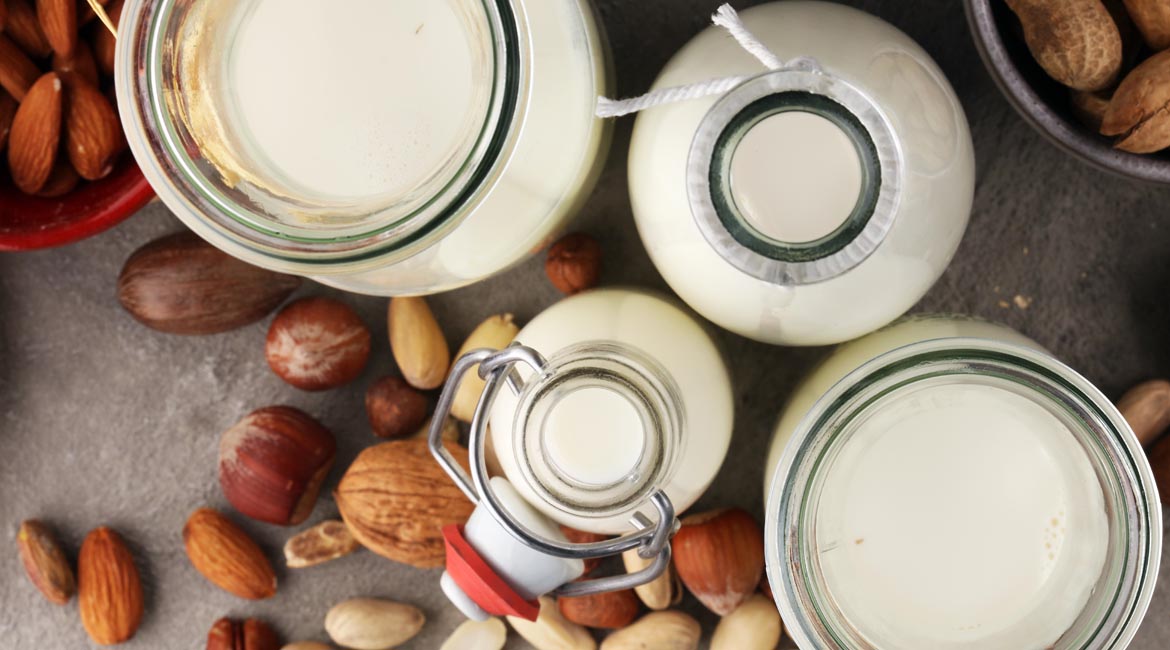
From promoting milk as good for your bones, to covering up facts about lactose intolerance, Big Dairy has been perpetuating inaccurate and harmful information about milk for generations. Now, it seems like Americans are catching on.
One year after we shared an article debunking four of the industry’s biggest “milk myths” — milk sales are dropping, while global sales of plant-based milks are at an all-time high and continue to grow. Good news, right? After all, in addition to causing various health issues, dairy contributes to a host of environmental problems — like the climate crisis, loss of wildlife and water pollution.
So why aren’t we celebrating? It turns out, the dairy industry is fighting hard to stay on top. And in the past year, the U.S. government has pursued — and passed — a number of policies aimed at supporting the struggling sector.
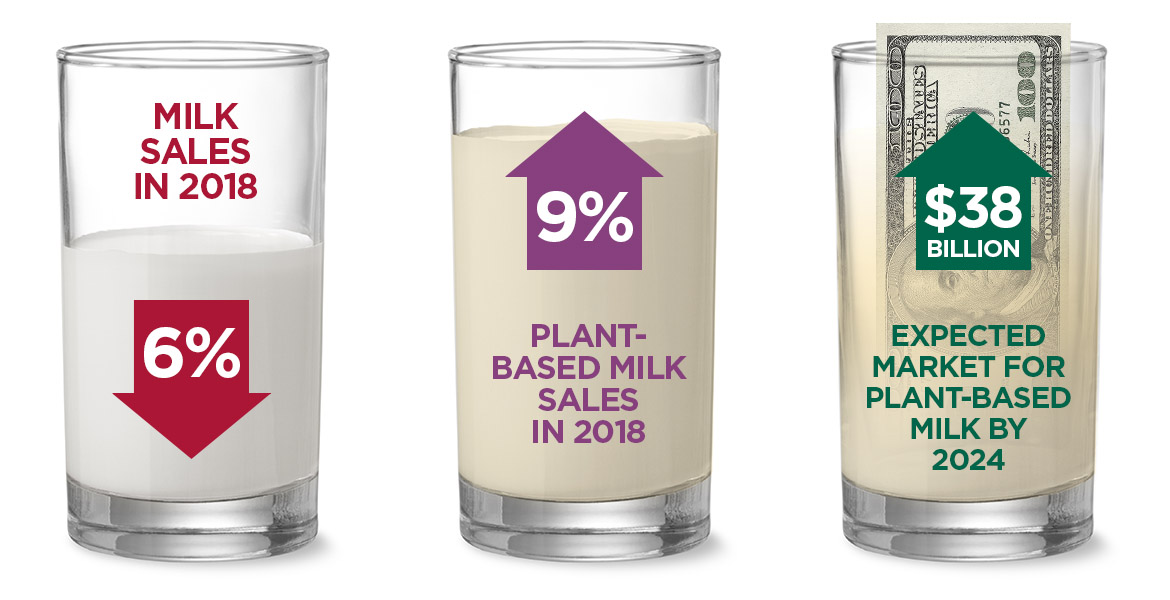
Plant-Based Milk Is On the Rise
Sales of milk dropped by 6% in 2018 alone, while plant-based alternatives, including soy milk, oat milk, coconut milk, rice milk, and nut milks, increased by 9%. And a report released in March of 2019 found that the market for plant-based milk products was expected to surge to $38 billion by 2024.
The reason for these shifts is simple: people are cutting back on dairy, and they’re hungry for healthier alternatives. In fact, Americans have reduced dairy consumption to 15 pounds a year, down from 35 pounds, and 49% say they want to reduce eating animal products. Health, animal welfare and the environment were the top reasons people cited for making the change.
But even as demand for dairy is plummeting, the industry keeps pumping out more and more. Milk production has increased by 13% over the last decade, flooding the market and driving prices down. Some farmers actually dump their unsold milk, while others process it into shelf-stable products. (The surplus of dairy products in the U.S. hit an all-time high in January, with the industry reporting an excess 1.4 billion pounds of cheese.) At the same time, dairy farmers have been hit hard by the Trump administration’s trade war with Canada and Mexico, losing an estimated $1.5 billion in retaliatory tariffs.
"While the government’s support for the dairy industry may be disheartening, it’s no surprise."
Government Steps In to Support Big Dairy
In the past year, the U.S. government has pursued a number of policy changes designed to beef up the already-unusual number of special protections and subsidies the dairy industry enjoys. In addition to bailing out dairy farmers with $127 million in direct payments, the Trump administration agreed to buy $50 million worth of dairy products to be funneled into food banks and school lunch programs. The Physicians Committee for Responsible Medicine criticized the move, with president Neal Barnard saying the deal “unfairly burdens students and others who rely on federal food programs with increased risk of heart disease, diabetes, and lactose intolerance, among other chronic health conditions.”

In another controversial move, after years of declining milk consumption in schools, the Trump administration succeeded in rolling back Obama-era school nutrition rules, once again allowing low-fat flavored milks to be served to schoolchildren. The change is expected to increase consumption of unhealthy products like chocolate milk. The USDA passed the new rules — which also allows more refined grains in school lunches and delays restrictions on sodium — in spite of the fact that more than 83,000 members of the public submitted comments, with 96% of those commenting opposing the rule changes. More than 31 million U.S. children participate in the federal government’s subsidized meal program each day.
Redefining “Milk”
Finally, in one of the government’s more bizarre moves last year, the FDA took steps to redefine the word “milk” itself. Responding to years of complaints by the dairy industry, federal officials made plans for a new policy that would prohibit plant-based beverages from using the term “milk” on their labels. Under the policy, the word “milk” could be used only to describe a product made of “lacteal secretion.” It’s based on an argument that consumers might confuse almond milk for the real thing. While the effort is ongoing, plant-based milk producers scored a victory in December, when a U.S. court of appeals ruled that using the term “milk” was not deceptive. (Mmmm … cold class of lacteal secretion, anyone?)
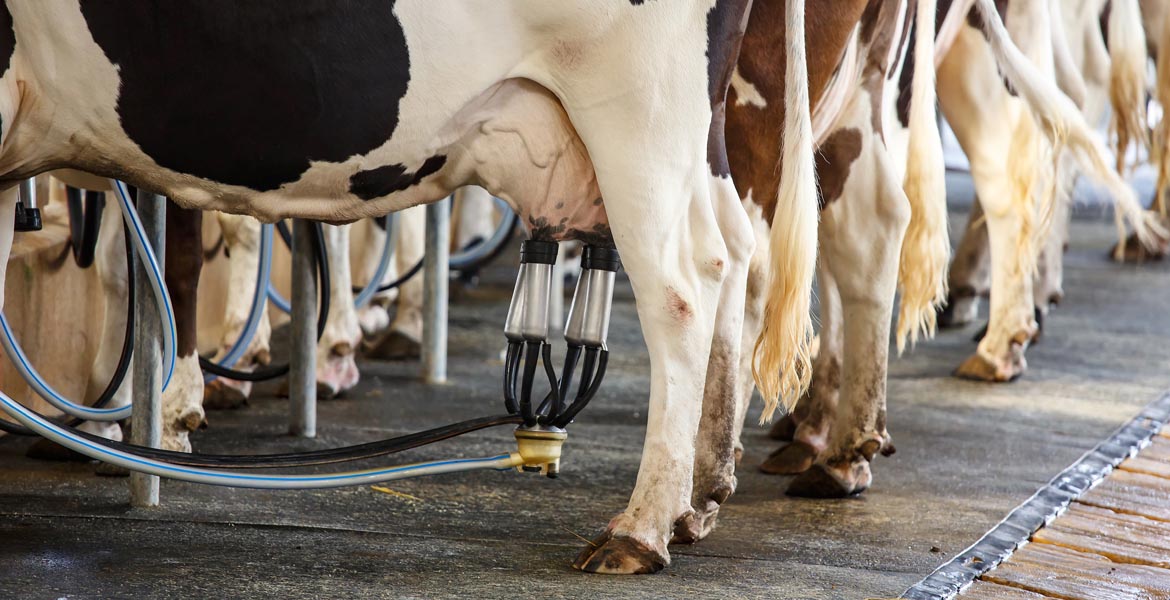
While the government’s support for the dairy industry may be disheartening, it’s no surprise. The International Dairy Farmers Association spent more than $1.3 million on lobbying last year, and another $260,000 on campaign contributions. Meanwhile, the Dairy Farmers of America spent $924,000 on lobbying efforts, including on school milk.
5 Reasons to Love Plant-Based Milks
Ready to say no to Big Milk? Here are 5 reasons to ditch the dairy and make the switch to alternative, plant-based milks:
1. They’re healthier. Plant-based milks are lower in fat and tend to be lower-calorie than cow’s milk, especially if unsweetened.
2. They’re packed with nutrients. Depending on the ingredients, plant-based milks offer a variety of vitamins and minerals. A glass of soy milk, for example, contains 7 grams of protein, while almond milk contains Vitamin E, and hemp milk is a good source of Omega-3’s.
3. They’re inclusive. Many people don’t realize a significant number of children are lactose intolerant. And the inability to digest dairy products overwhelmingly affects people of color, including 70% of African Americans, 90% of Asian Americans, 53% of Mexican Americans, and 74% of Native Americans.
4. They’re better for the planet — our shared home. Animal agriculture is a top contributor to the climate crisis, and cows produce more greenhouse gas emissions than any other livestock. Dairy farms are also a major source of water pollution, and they have a huge water footprint. It takes 638 gallons of water to produce a single gallon of milk, compared to 300 gallons of water to produce a pound of tofu.
5. They taste good! Whether you’re drinking nutty almond milk, sweet rice milk, or creamy, dreamy coconut milk, plant-based milks are simply delicious! With so many options to choose from, you can always find the cold glass of milk that hits the spot — and makes the perfect pairing with a warm batch of chocolate chip cookies.
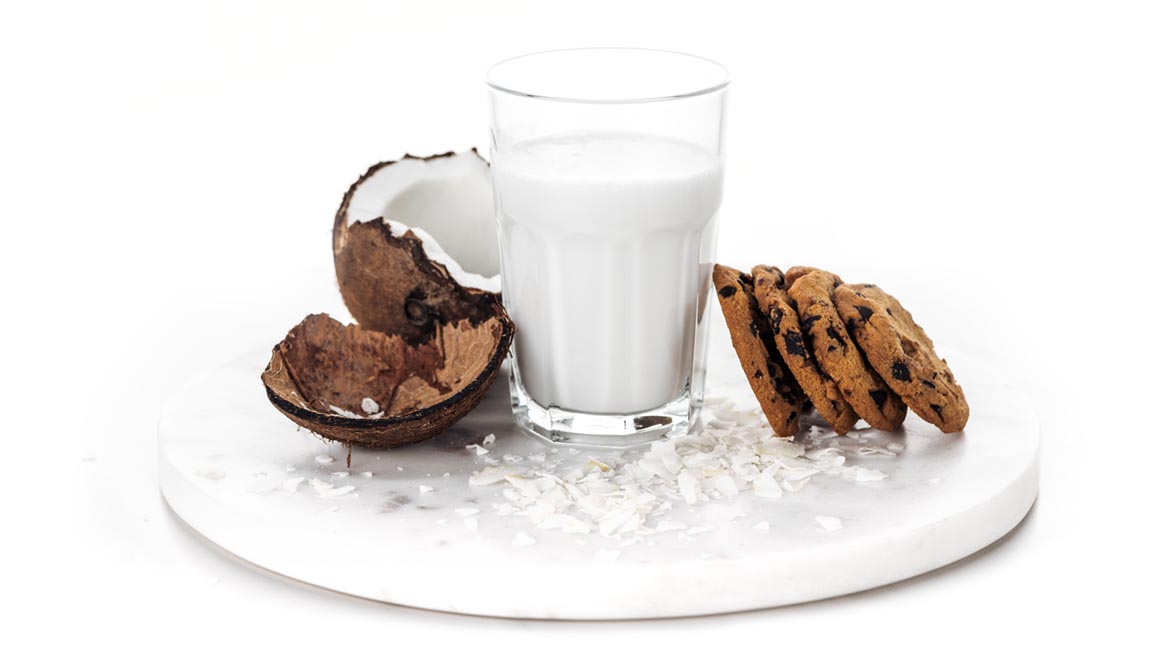
What's Next?
Did you know K-12 students are required to present a doctor’s note to be served a non-dairy drink in school cafeterias? You can make a difference by getting more plant-based foods on menus for growing kids. Download our School Lunch Toolkit today to learn more.


